DIAMOND CARAT WEIGHT
LEARN ALL ABOUT THE WEIGHT OF A DIAMOND
This post contains affiliate links. If you use these links to buy something I may earn a commission. Thanks! As an Amazon Associate I also earn from qualifying purchases.
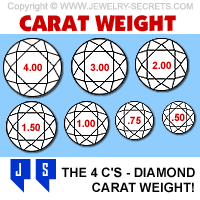
Carat weight (one of the 4C’s) is simply the weight of a diamond, be it one carat or a half carat. It’s all about how much the diamond Weighs.
Back in the days, diamonds were weighed by seeds from a carob tree (where the word carat comes from). These seeds were roughly the weight of one point (1 pt) to a diamond. Since there are 100 points in a full carat diamond, there would be 100 carob seeds to balance it on a scale.
But, as we all know, things grown in nature are never quite perfect (just like diamonds, just like people). Weighing diamonds with seeds was never an exact science.
The Diamond Scale:
Things were never exact until the diamond scale was invented in the early twentieth century. Now, getting the exact carat weight of a diamond is easy and only takes a couple of seconds.
But, no matter how easy it is to find the carat weight, people still have a hard time understanding it.
Decimals, fractions, points, carats, math… can’t they make it anymore difficult?
It all boils down to money.
Carat weights and points are not that hard to comprehend when you know the little secret. Treat carats and points like dollars and pennies. Really! If you can count money, you already know carat weights.
- One dollar = 100 pennies, right?
- 25 pennies gives you a quarter, or 1/4 of a dollar.
- 50 pennies would be 1/2 or 50 cents…
But how do carats fit in?
The same way!
- There are 100 points in a one carat diamond (written as 1.00 carat). So 1/2 carat diamond would simply be 50 points or .50 carat.
- A 1/4 carat diamond would be 25 points (.25 carat).
- 3/4 carat (.75 carat) would be 75 points. Are you following this? It really is that easy.
- A 10 point diamond is 1/10 of a carat or 10 points.
- A 1.50 carat diamond is one carat and a half, or a full carat and 50 points (150 points in all).
- So then when you see a .38 carat diamond, you’ll know it’s a little more than 1/3 carat (.33 CT) and a little less than a half carat (.50 CT).
- 58 points is in between 1/2 and 3/4 (.50 CT & .75 CT).
So when a jeweler tells you that the center diamond of an engagement ring is 89 points (.89 carat), you’ll know that it’s just 11 points shy of being one full carat (1.00 carat).
Take a look at the image below to see all the different sizes of carat weights.

Carat Weight Millimeter Sizes
The standard millimeter (mm) sizes of diamond carat weights are as follows:

Points – Carats – Fractions
Take a look at the chart below to see what the points are, carats are and fractions are of your diamond. Plus, see what that carat weight is often referred to as.

The Dream Carat Weight
If you’ve been looking at diamonds, especially diamond engagement rings, you’ll know that a one carat diamond is the dream diamond. That’s the size that every woman wants (or at least 99.9% of them).
One carat diamonds are the cream of the crop. The show stopper! It’s the perfect size for any diamond ring and the perfect size for any finger.
But sadly, one carat diamonds are large and quite expensive. That’s why the average size for a diamond engagement ring is only 38 pts. So don’t fret it, average works out to be pretty affordable to all. :)
Carat Weight and Carat Weight Total
One thing to note here about carat weights is that there are different types of carat weights that shouldn’t be confused.
If you’re looking at a diamond solitaire (single diamond), then the carat weight is simple; it’s the weight of that one diamond.
But, if you’re looking at a diamond wedding set, then things can change dramatically. You’ll have the carat weight of the center diamond and the carat weight of the side stones.
A lot of times jewelers will give you the carat weight of the entire ring when you’re asking what the carat weight is. They’ll say something like “This is 1.25 carats“. This may sound really good, but when you compare diamond rings elsewhere of 1.25 carats you’ll see that the price is way different… And all for a very good reason…
The jeweler was giving you the total combined carat weight of the entire ring(s)… or carat total weight written as ctw, and not the breakdown of the center diamond and the side stones. This makes a huge difference.
The center diamond could only be .33 carat and the other .92 carat could be in the little side diamonds. That’s not only a big difference in weight, but in looks as well.
The point is, if they give you a carat weight of a ring, make sure you find out if that’s the carat weight of the center diamond or the carat weight of the entire ring. Knowing this info can help you compare rings and prices elsewhere. Otherwise you could easily be taken.
The same carat weights look much different.
Two one carat diamonds put side by side can also look totally different in size as well. It’s like two people standing side by side could be the same weight, but one could be tall and skinny, the other short and fat. Diamonds are no different. From the top view, one could look 25% smaller than the other diamond, if not more. It all depends on how the diamond is cut (which all depends on how much profit they can make from the initial parent rock).
In carat weights, you have to look at everything to understand what’s really going on. Things like mm sizes, ideal proportions and girdle thickness all come into play (which we will all get into with other posts).
Everything is affected by carat weight, even the inclusions in the stone (or more appropriately, the clarity of the diamond). Carat weight affects how strictly diamonds are graded as well. Bigger diamonds get graded more thoroughly.
Larger carat weights make it easier to spot flaws and imperfections, plus larger carat weights also show off the color of the diamond easier.
All good things to consider with carat weights…
(Which includes the “dream carat weight” diamonds HERE!)
We will get to all this, but for now, it’s time for the next C of the 4C’s:
Enjoy!


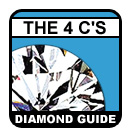
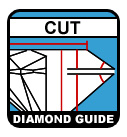
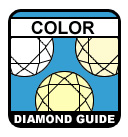
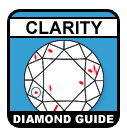
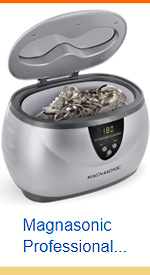


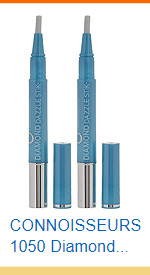

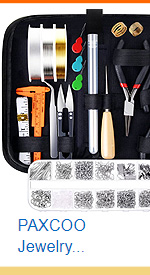
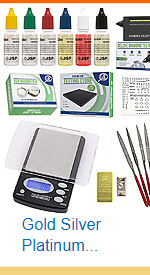
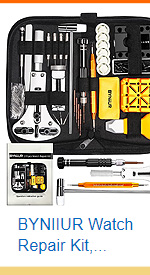
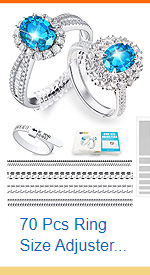
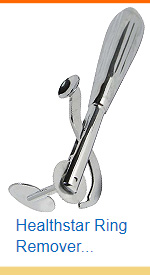
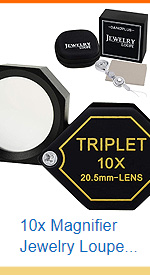
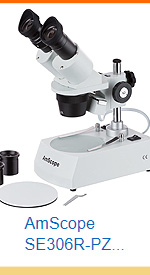




THANKS FOR THE CLARITY…YASOO ‘